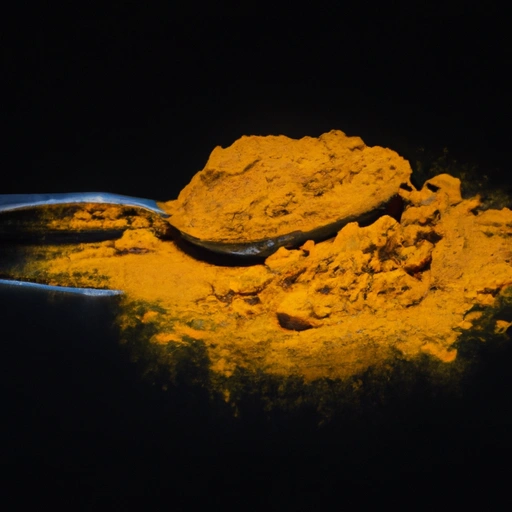Turmeric Powder
Description

Turmeric powder, known for its vibrant golden-yellow hue, is a ground spice obtained from the rhizomes of the Curcuma longa plant. It is a staple in spice cabinets across the globe and is revered not just for its bold color and earthy flavor, but also for its numerous health benefits. Turmeric contains curcumin, a compound with powerful anti-inflammatory and antioxidant properties. In recipes, it is used in both its fresh and dried, powdered forms, but turmeric powder is more commonly available and has a longer shelf life, making it a convenient option for adding a warm, slightly bitter taste to dishes.
Common uses
Turmeric powder is commonly used to flavor and color curries, soups, and rice dishes. It is also a key ingredient in spice blends such as curry powder and garam masala, contributing to their characteristic taste and color. Beyond savory dishes, turmeric is used in the preparation of mustards, butters, and even in some sweet applications such as golden milk, a warm turmeric beverage.
Nutritional value
Calories
A 1-tablespoon serving (approximately 6.8 grams or 0.24 ounces) of turmeric powder contains about 24 calories.
Protein
The same serving size offers around 0.5 grams of protein.
Fat
Turmeric powder is low in fat, with only about 0.7 grams per tablespoon.
Carbohydrates
It contains approximately 4.4 grams of carbohydrates per tablespoon.
Vitamins
Turmeric is a source of vitamins, particularly B6 and C, in small amounts.
Minerals
The spice is rich in minerals such as iron, manganese, potassium, and magnesium.
Health benefits
Due to its curcumin content, turmeric is associated with a reduction in inflammation, which may benefit conditions like arthritis. Its antioxidant properties are believed to help prevent cell damage, and it has been studied for its potential to improve heart health, brain function, and alleviate symptoms of depression.
Potential risks
In large quantities, turmeric may cause gastrointestinal discomfort or exacerbate gallbladder issues. Since it has blood-thinning properties, it should be used cautiously by individuals on blood-thinning medications. Additionally, curcumin's bioavailability is relatively low, but can be enhanced when paired with black pepper.
Common recipes
Turmeric is a key ingredient in many South Asian and Middle Eastern dishes, including curries, dals, and pilafs. It is also used in Western cuisine to add color and flavor to mustard and to give a golden hue to rice, soups, and stews.
Cooking methods
Turmeric powder can be sautéed with aromatics during the initial stages of cooking to release its flavor or added to boiling liquids. It is also a common ingredient in marinades and spice rubs.
Pairing with other ingredients
Turmeric pairs well with ingredients like ginger, garlic, cumin, coriander, and black pepper, which helps increase the absorption of curcumin. It also complements vegetables like cauliflower, potatoes, and carrots, as well as proteins like chicken, beef, and lentils.
Summary
Turmeric powder is a versatile spice celebrated for its health benefits, rich historical background, and wide array of culinary applications. With its distinct flavor and color, it enhances a variety of dishes and has become an indispensable part of food cultures around the world.